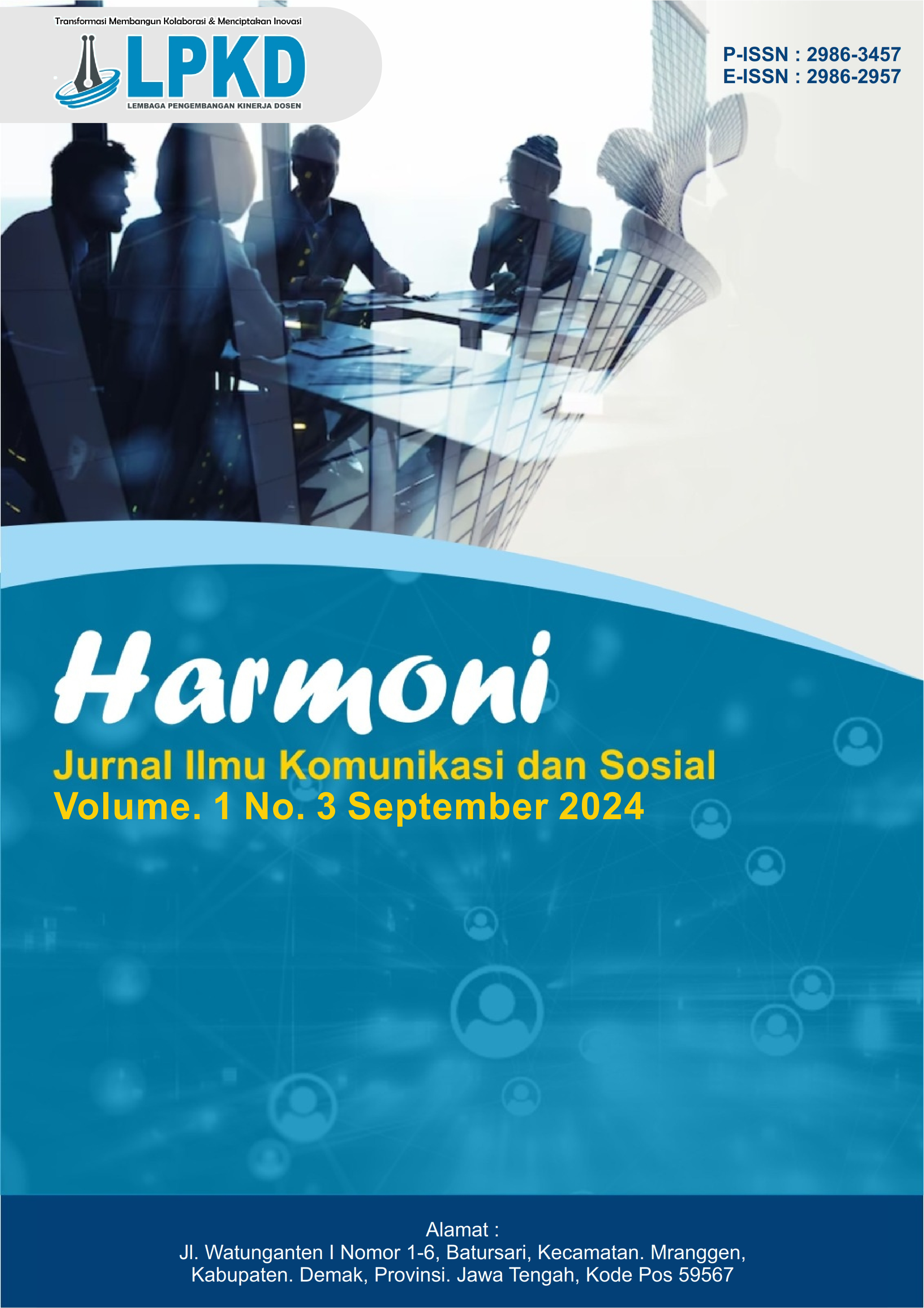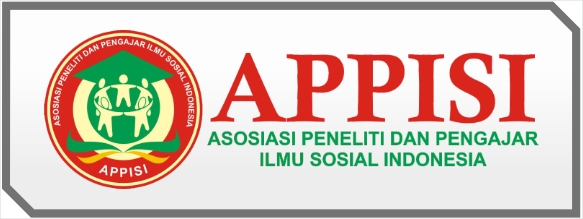Perilaku Komunikasi Ibu-Anak pada Anak Usia Dini yang Mengalami Temper Tantrum
DOI:
https://doi.org/10.59581/harmoni-widyakarya.v1i3.1025Keywords:
Communication Behavior, Mother, Temper Tantrums, Early Childhood, Speech DelayAbstract
The phenomenon of temper tantrums indicates an indication of inhibited emotional development in children which makes children express the negative emotions they feel through aggressive behavior. Therefore, good communication behavior is needed from parents, especially mothers as the closest scope owned by children to deal with the condition of children who experience tantrums. This study aims to determine the motives, experiences, and behavior of mother-child communication in dealing with children who experience temper tantrums, as well as to know the meaning of the phenomenon of temper tantrums for mothers. This study uses a qualitative method with a phenomenological study approach and in collecting data using interview techniques. The main informants in this study were five mothers who had experience in handling their children who experienced temper tantrums at an early age. The results showed that the because of motives were due to the mother's communication behavior in dealing with children who experienced temper tantrums at an early age, including mothers having sensitivity and awareness towards children who experienced speech delay. The existence of several conditions that could trigger tantrum behavior in children to appear, such as events that occurred or experienced by the child is not in accordance with his expectations. In addition, through the communication behavior that is carried out, the mother has hope as an in order to motive so that in the future the child can communicate well. There are several communication behaviors that are carried out by mothers in dealing with the aggressive behavior of children they receive, such as inviting communication and giving understanding, providing opportunities and space for children, giving physical touch, not leaving children alone, scolding, and cutting off children's behavior, tweaking, and applying patterns. routine communication with children every day. Meanwhile, mothers interpret the phenomenon of temper tantrums that occur in children as something that makes them sad, tired, stressed, and embarrassed. However, mothers think this is also a test and part of the child's development process that they have to face and go through.
References
Androne, M. (2014). Notes on John Locke’s Views on Education. Procedia - Social and Behavioral Sciences, 137, 74–79. https://doi.org/10.1016/j.sbspro.2014.05.255
Handayani, M. (2016). PERAN KOMUNIKASI ANTARPRIBADI DALAM KELUARGA UNTUK MENUMBUHKAN KARAKTER ANAK USIA DINI. 11(1).
Hermoyo, R. P. (n.d.). MEMBENTUK KOMUNIKASI YANG EFEKTIF PADA MASA PERKEMBANGAN ANAK USIA DINI. 1.
Mabaji, G. (2013). UNDERSTANDING TANTRUM BEHAVIOR AND HOW TO SOLVE IT. 18(02).
Mas Ian Rif’ati & Suryanto. (2018). POLA REGULASI EMOSI IBU DENGAN ANAK TEMPER TANTRUM. Temu Ilmiah Nasional Ikatan Psikologi Sosial 2018 Conference. https://www.researchgate.net/publication/328886344_Pola_Regulasi_Emosi_Orang_Tua_Dengan_Anak_Temper_Tantrum
Nazarudin. (2019). Buku Pendidikan Keluarga. NoerFikri. http://repository.radenfatah.ac.id/7080/1/Buku%20pendidikan%20keluarga.pdf
Nindito, S. (2013). Fenomenologi Alfred Schutz: Studi tentang Konstruksi Makna dan Realitas dalam Ilmu Sosial. Jurnal ILMU KOMUNIKASI, 2(1). https://doi.org/10.24002/jik.v2i1.254
O’Toole, C., Lyons, R., & Houghton, C. (2021). A Qualitative Evidence Synthesis of Parental Experiences and Perceptions of Parent–Child Interaction Therapy for Preschool Children With Communication Difficulties. Journal of Speech, Language, and Hearing Research, 64(8), 3159–3185. https://doi.org/10.1044/2021_JSLHR-20-00732
Rasid, R., Djafar, H., & Santoso, B. (n.d.). Alfred Schutz’s Perspective in Phenomenology Approach: Concepts, Characteristics, Methods and Examples. International Journal of Educational Research.
Rianawati, R. (2014). Peran Ibu dalam Pendidikan Karakter Anak Usia Dini Menurut Pandangan Islam. Raheema, 1(1). https://doi.org/10.24260/raheema.v1i1.146
Sit, M. (2015). PSIKOLOGI PERKEMBANGAN ANAK USIA DINI. Perdana Publishing. https://core.ac.uk/download/pdf/130811746.pdf
Wulandari, M. O., Susari, H. D., & Anwar, R. N. (2022). Tantrum Behavior of Children Aged 3-7 Years Viewed from Parental Parenting. Child Education Journal, 4(1), 25–37. https://doi.org/10.33086/cej.v4i1.2431
Downloads
Published
How to Cite
Issue
Section
License
Copyright (c) 2023 Tarissa Madina, Uud Wahyudin, Yuliani Dewi Risanti

This work is licensed under a Creative Commons Attribution-ShareAlike 4.0 International License.














